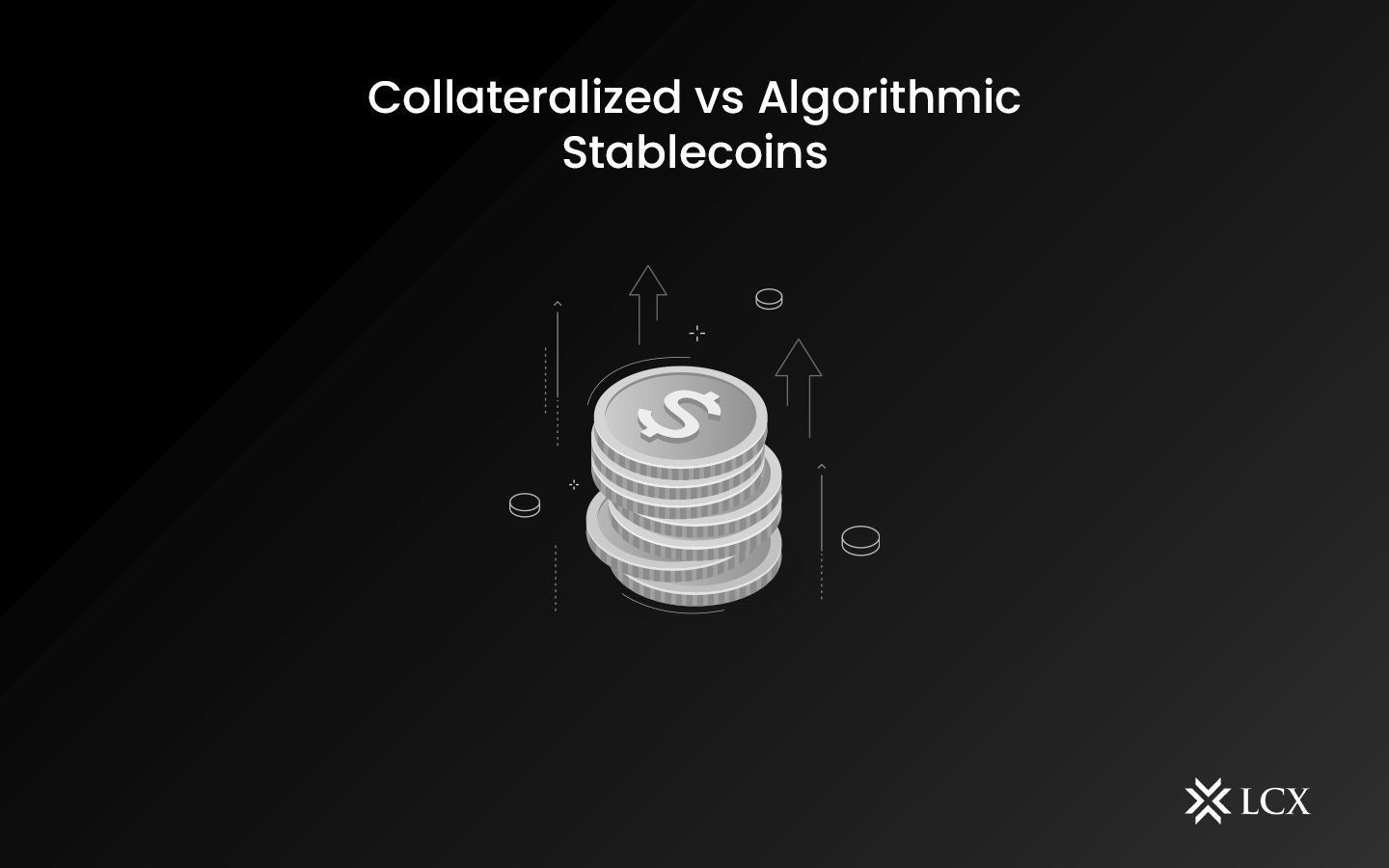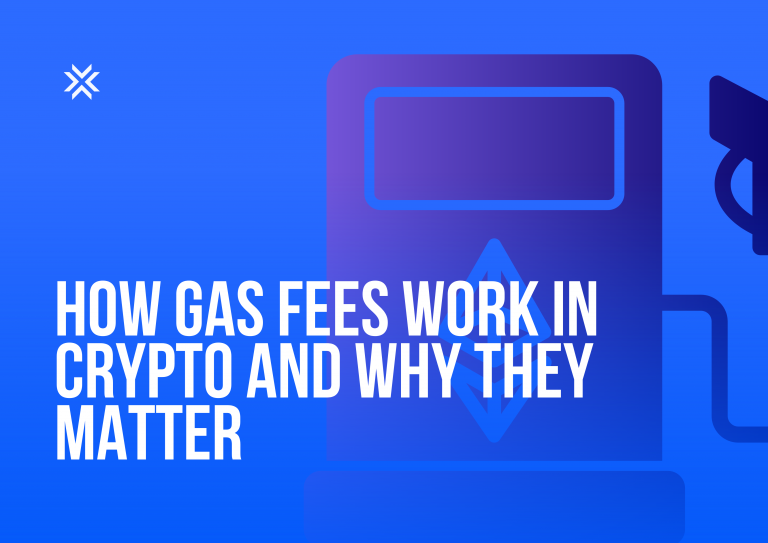In general, cryptocurrencies are extremely volatile. This year alone, we’ve seen Bitcoin fall from approximately $69,000 to below $40,000 in less than 24 hours. This volatility is great for traders but not so great for anyone searching to use cryptocurrency as money.
Money serves three functions in general: it is a unit of account, a store of value, and a medium of exchange.
Bitcoin supporters frequently emphasize that it is a better store of value than gold. Looking at the digital asset’s historical performance over the last couple of years, it has outscored gold for the 3rd year in a row. However, the fact that it is highly volatile makes it difficult to use as a unit of account and a medium of exchange.
Nonetheless, blockchain-based assets have obvious advantages: they are fast, eliminate inefficiencies in the procedure, are available 24 hours a day, are secure, and are digitally native. Stablecoins try to integrate the consistency of fiat money (government-issued currency) with all of the advantages of cryptocurrencies.
A few use cases of stablecoins include:
- reducing volatility
- Saving: For users in high-inflation countries, dollar-pegged stablecoins are a better way to store value.
- Earning interest: On lending protocols, stablecoins can receive users up to 20% interest.
- Remittances: Stablecoins can be used to transfer money across borders without the use of banks and or intermediaries.
Collateralized vs Algorithmic Stablecoins
Most stablecoins, but not all, generate their peg from collateral. Some, referred to as algorithmic stablecoins, don’t really.
Algorithmic stablecoins are pegged to the value systems of other assets via smart contracts that increase or decrease supply based on current market values. When an algorithmic stablecoin trades above its peg, coins are minted, lowering its value; when it trades less than its peg, coins are burned, raising the price.
When assets are deposited or withdrawn from reserves, collateralized stablecoins are minted or burned. In the case of collateralized stablecoins pegged to the US dollar, like USDC, each coin is minted per each $1 USD deposited into their deposits, and one coin is burned for every $1 USD withdrawn.
The most important factor to consider when assessing stablecoins is how well they keep their pegs. To respond to changes in supply and demand, collateralized stablecoins involve liquid assets that can be traded quickly. Algorithmic stablecoins never use collateral, rather depend on smart contracts to provide theoretically infinite liquidity.
However, three key factors can easily destabilize the pegs of algorithmic stablecoins, trying to make collateralized stablecoins superior.
- Exchange rate fluctuations can temporarily destabilize algorithmic stablecoins, putting payments and transfers at risk.
- Algorithmic stablecoins depend on foreign data, like exchange rates, to regulate supply and keep their pegs in place. Poor data quality, data reporting delays, and data errors can all destabilize algorithmic stablecoins.
- Smart contract risk, or the possibility that bugs occur in the code of their smart contracts, can have disastrous consequences.
While collateralized stablecoins are better than algorithmic stablecoins in terms of quality, some are better than others.
Liquid collateral, such as cash, is ideal for stablecoins because it can be transferred more rapidly than other assets. Cash collateral allows stablecoin supply to rapidly inflate or deflate, making sure accurate control of their pegs.
Conclusion
While they may appear to be the same, not all stablecoins are created equal. Collateralized stablecoins are supported by collateralized assets, whereas algorithmic stablecoins are supported by smart contract algorithms. Between the two, collateralized stablecoins are the better option, as algorithmic stablecoins disclose their users to needless risk. And, with legislators accepting stablecoins as payment, only stablecoins with dependable collaterals are likely to survive.









